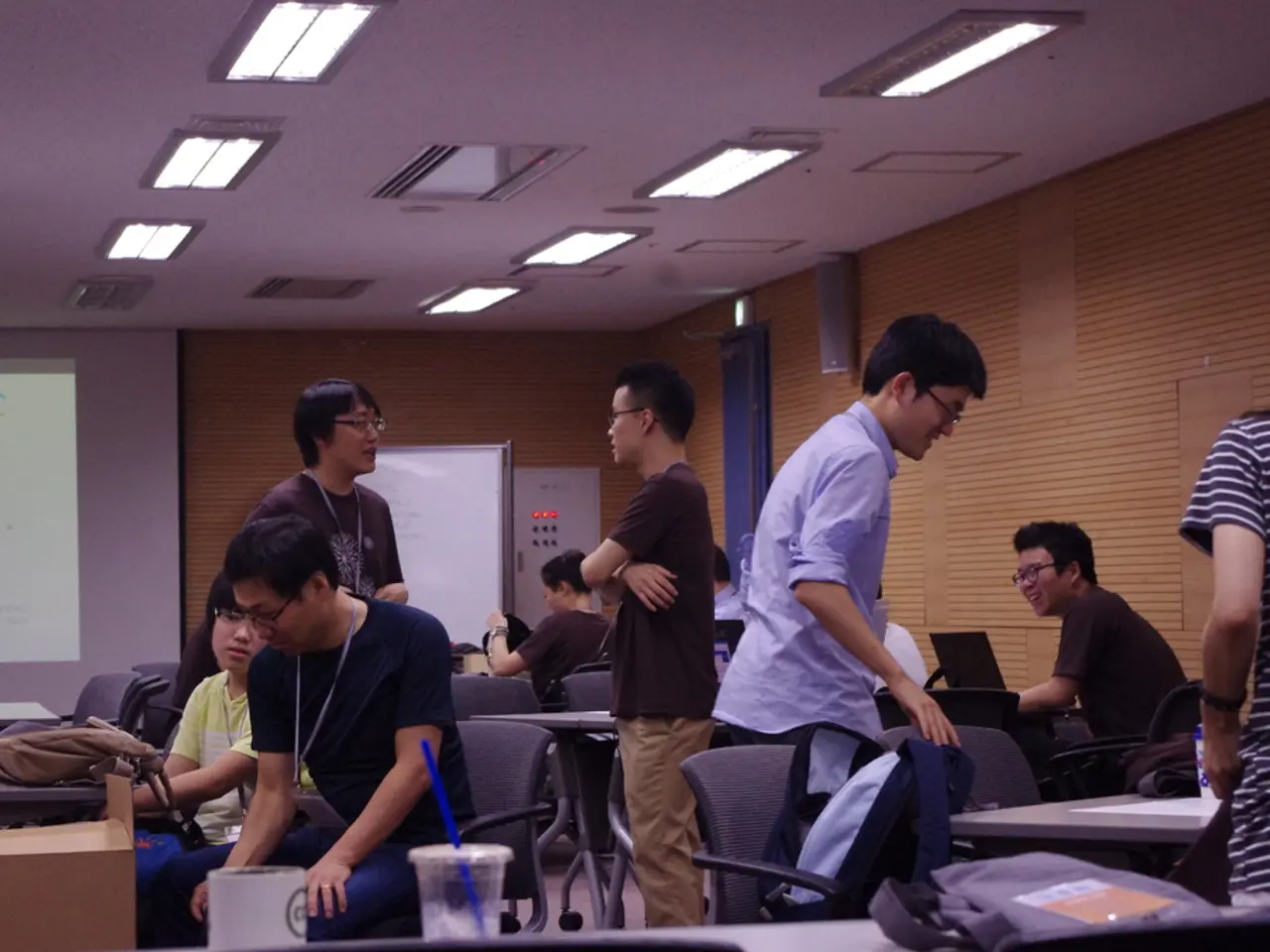Independent Learning Environment for Kids - Pros and Cons Explored
In the realm of education, self-contained classrooms have emerged as a significant approach, particularly for children with special needs. These classrooms, designed for students with disabilities such as emotional disturbances, autism, multiple handicaps, severe intellectual disabilities, and children with fragile or serious medical conditions, have been instrumental in fostering a conducive learning environment.
Originally, children with special needs were often segregated from their peers, spending their working day in a separate classroom. This practice added to the stigma that there was something wrong with them. However, self-contained classrooms aim to create a close-knit environment with one-on-one attention, helping these children feel safer and fostering learning and creativity.
Each student in a self-contained classroom requires an Individual Education Program (IEP) to ensure all requirements are met and the standard grade-level curriculum is taught. This personalised approach allows for a tailored educational experience, catering to the unique needs of each child.
The No Child Left Behind Act, signed into law in 2002, has contributed to the growth in popularity of self-contained classrooms. This legislation requires schools to provide a standardized education to all children, including those with special needs. As a result, self-contained classrooms have become a common feature in schools, helping children with learning disabilities or behavioral problems spend more time in a regular classroom environment, while also attending special instruction areas like music, art, humanities, and physical education.
However, it's important to note that part-time self-contained classrooms may make it challenging for students to keep up with the standard curriculum requirements. To address this, schools are adopting new methods that combine self-contained classrooms with regular class interaction. This approach provides a better and balanced social/work ratio, ensuring that all students receive a comprehensive education.
While self-contained classrooms offer numerous benefits, they are not without challenges. For instance, gifted children in these classrooms may develop a sense of superiority towards their peers. To mitigate this, schools are focusing on combining self-contained programs sensitively to address the potential social stigma and feelings of superiority among students.
Moreover, some students in self-contained classrooms may experience social stigma due to attending a separate class every day. To combat this, schools are evolving towards more heterogeneous classes, emphasising inclusive learning environments and feedback systems without grades to promote equal opportunities for all students.
In conclusion, self-contained classrooms have evolved significantly over the years, providing a specialized education for children with disabilities who cannot participate in general education programs. By fostering a close-knit environment, personalised learning, and increased interaction with the general population, these classrooms are helping to reduce the stigma associated with special needs education and ensuring that all children receive a quality education.
Read also:
- Peptide YY (PYY): Exploring its Role in Appetite Suppression, Intestinal Health, and Cognitive Links
- Toddler Health: Rotavirus Signs, Origins, and Potential Complications
- Digestive issues and heart discomfort: Root causes and associated health conditions
- House Infernos: Deadly Hazards Surpassing the Flames








